Non-Ideal Compressible-Fluid Dynamics of Fast-Response Pressure Probes for Unsteady Flow Measurements in Turbomachinery
The dynamic response of pressure probes for unsteady flow measurements in turbomachinery is investigated numerically for fluids operating in non-ideal thermodynamic conditions, which are relevant for e.g. Organic Rankine Cycles (ORC) and super-critical CO2 applications. The step response of a fast-response pressure probe is investigated numerically in order to assess the expected time response when operating in the non-ideal fluid regime. Numerical simulations are carried out exploiting the Non-Ideal Compressible Fluid-Dynamics (NICFD) solver embedded in the open-source fluid dynamics code SU2. The computational framework is assessed against available experimental data for air in dilute conditions.
Then, polytropic ideal gas (PIG), i.e. constant specific heats, and Peng-Robinson Stryjek-Vera (PRSV) models are applied to simulate the flow field within the probe operating with siloxane fluid octamethyltrisiloxane (MDM). The step responses are found to depend mainly on the speed of sound of the working fluid, indicating that molecular complexity plays a major role in determining the promptness of the measurement devices.
According to the PRSV model, non-ideal effects can increase the step response time with respect to the acoustic theory predictions. The fundamental derivative of gas-dynamic is confirmed to be the driving parameter for evaluating non-ideal thermodynamic effects related to the dynamic calibration of fast-response aerodynamic pressure probes.
DOI / ISBN: 10.1088/1742-6596/821/1/012005
Authors
Gori, G., Molesini, P., Persico, G., Guardone, A.
Year
2017
Source
Journal of Physics: Conference Series, 821 (1), art. no. 012005

